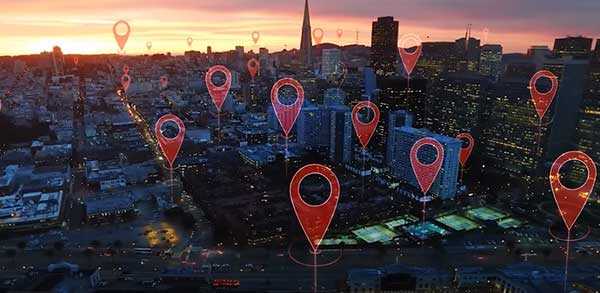Image: ESA
Blog Editor’s Note: Great to see the EU addressing this issue! It is something the US has needed for years, but has failed to act on.
And the US, with its greater suspicion of government and focus on individual freedom, likely has more problems with jamming and spoofing devices than is the case in Europe where a sampling operation found about 500,000 instances. Yet, the challenges to doing this in the US are many.
For one thing, it is not clear what government entity is, or should be, responsible for monitoring for interference with GPS signals. Some assert the FCC is (or should be) responsible since they have the responsibility for enforcing the Communications Act. The act prohibits unlicensed transmissions and interference. Yet the FCC is only tasked (47 CFR) with “responding to complaints.” Monitoring for interference is a much bigger, possibly expensive proposition. Notice that in their decision on Ligado Networks the FCC placed the responsibility to monitor for interference on Ligado.
Others might argue that DHS is should monitor for interference as a part of their critical infrastructure protection responsibilities. But DHS has A LOT to do, and there are no rewards for agencies taking on functions they are not specifically required to perform.
Also, there has not been a high profile accident or other adverse event to energize elected officials to compel one or more agencies to act. It is almost certain the aggregated cost of all the productivity losses and minor accidents in the US each year that arise from GPS disruptions is in the tens, if not hundreds, of millions of dollars. Yet no one in government has done, or is motivated to do, such an analysis. And so the problem remains “under the radar.”
Why Europe has created this capability and the US has not also has roots in the nature of the respective satellite systems and the way they are governed.
America’s GPS is a military capability which civilians use. The US Air Force ensures GPS satellites are transmitting good signals. Its responsibility ends there. The Department of Defense is taking steps to protect military users, but civilians are left to fend for themselves.
Europe’s Galileo is a civil project intended for civil government (think road tolling, for example) and commercial use. Thus, Europe’s operation and care of Galileo extends down to the user, ensuring not only that good signals are transmitted, but now with this project, making and effort to ensure good signals are received.
It is often difficult for governments to take comparatively inexpensive actions to prevent expensive bad things from happening (think hardening cockpit doors before 9-11, and fixing the levees before Hurricane Katrina). Despite this, let’s hope the US figures out how to protect GPS users before something really bad happens.
Real-time interference detection by GIDAS makes satnav safer

It is estimated that there are currently the same number of satnav receivers on Earth as there are people. (Image: ESA)
News from the European Space Agency (ESA)
A new monitoring system developed through an ESA-backed project works like a bodyguard for satellite navigation in use at strategic or safety-critical sites. Known as GIDAS, the scalable system immediately detects, identifies and pinpoints satnav interference sources in its vicinity.
It is estimated that there are currently the same number of satnav receivers on Earth as there are people. Positioning, navigation and timing signals from space-based constellations such as Galileo and GPS form an invisible, essential infrastructure, underpinning numerous modern aspects of modern life: communications, power and transportation.
Satellite navigation helps guide a growing number of aircraft, boats, trains and autonomous vehicles. Meanwhile satnav-based time stamps authentic multi-billion euro financial transactions, and coordinate the synchronised running of power grids. Satellite navigation is always on, available everywhere on Earth, so it is easy to take its availability for granted. But as crucial as these signals from space are, they are also vulnerable to ground-based interference.
“It’s simply a matter of output power,” said Andreas Lesch of Austria-based OHB Digital Solutions. “A navigation signal on the ground is equivalent to the light from a 60-watt lamp aboard a satellite, some 23,222 km away in space in the case of Galileo. So these faint signals can be jammed by more powerful local radio signals, either accidentally or deliberately, or even misleading fake navigation signals, known as spoofing.”



